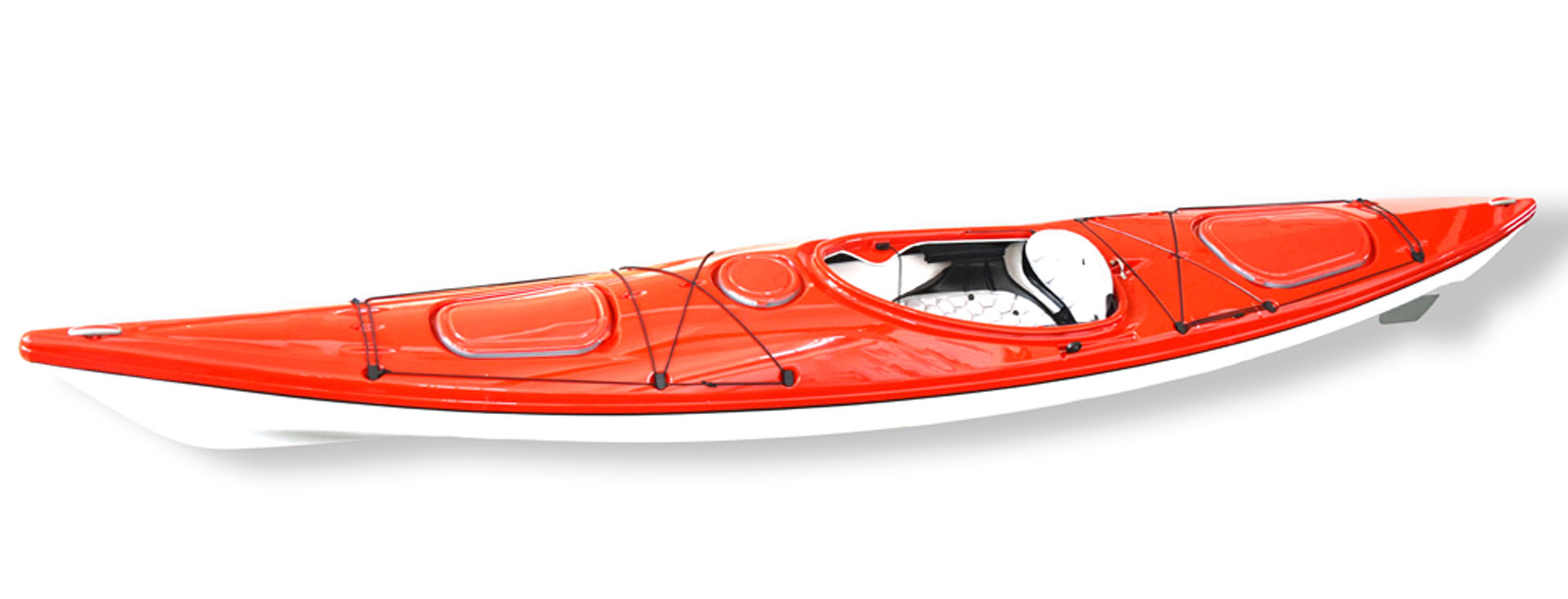Hersteller von Einzelsitzkajaks sagen Ihnen, dass Kajakfahren in zwei Bereiche unterteilt ist: Kajakfahren und Rudern. Das Kajak entstand aus einem kleinen Boot, das von den Inuit in Grönland gebaut wurde. Dieses Boot ist in einen Knochenrahmen mit Wal- und Otterhaut eingewickelt, und wird mit einem Ruder mit Klingen an beiden Enden gerudert. Follow the Single seat kayak manufacturer today to learn about the types of kayaks.

Types of kayaks:
1. Einzelboot: 520 cm lang, 51 cm breit und 12 kg Gewicht. Zu den olympischen Wettkämpfen zählen auch Männer 500 Meter (enthalten 1976), 1000 Meter (enthalten 1936), und Frauen 500 Meter (enthalten 1948).
2. Doppelboot: Die Länge des Bootes beträgt 650 cm, die breite ist 55 cm, und das Gewicht ist 18 kg. Zu den olympischen Disziplinen gehört der 500-m-Lauf der Männer (aufgelistet in 1976), die 1000m (aufgelistet in 1936) and the women’s 500m (aufgelistet in 1960).
3. Four-person boat: Die Länge des Bootes beträgt 1100 cm, die breite ist 60 cm, und das Gewicht ist 30 kg. The Olympic events include the men’s 1000m (aufgelistet in 1964), the women’s 500m (aufgelistet in 1984) and the 1000m (aufgelistet in 1992).
4. Obstacle turn: The manufacturer of Single seat kayak tells you that the athlete must cross or bypass the specified obstacles in the specified waterway in the rapids to reach the end point. The channel is 800 meters long with artificial and natural obstacles. Single seat kayak manufacturers tell you that artificial obstacles are door frames with a width of 90~120 cm, generally 25~30. You must pass through each door frame during the competition, and points will be deducted for collision or leakage.



